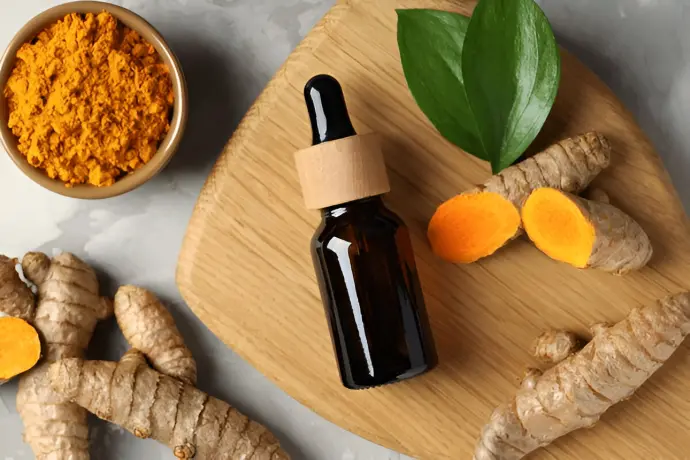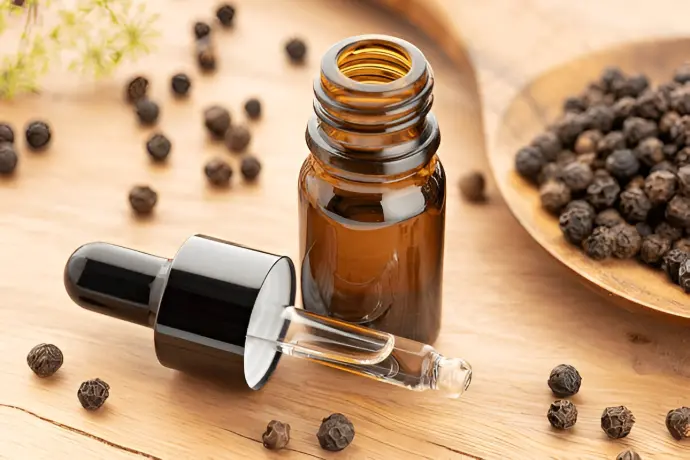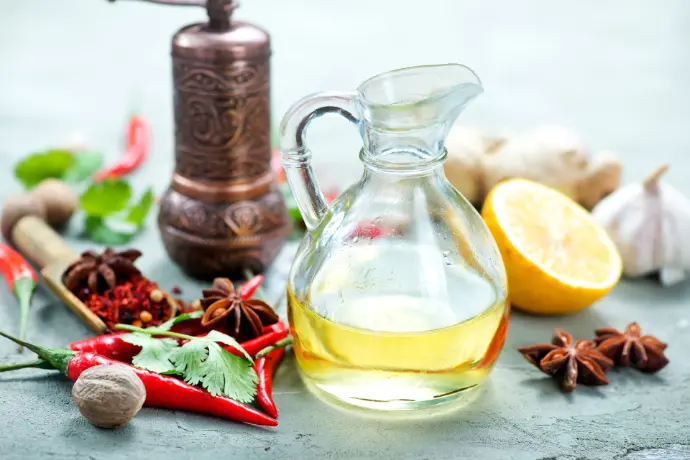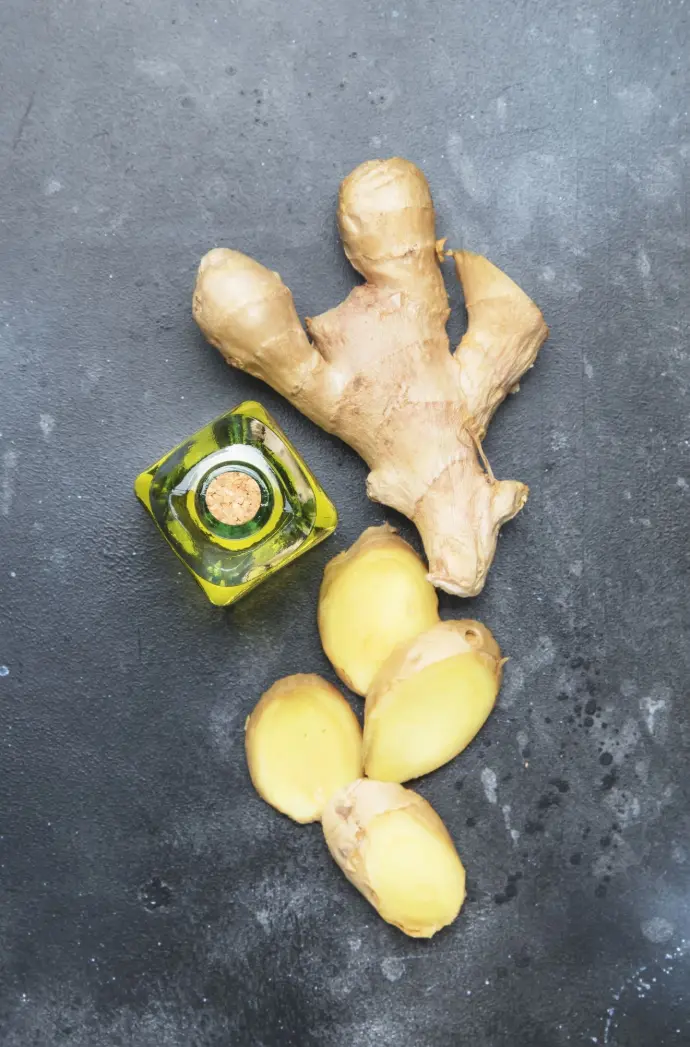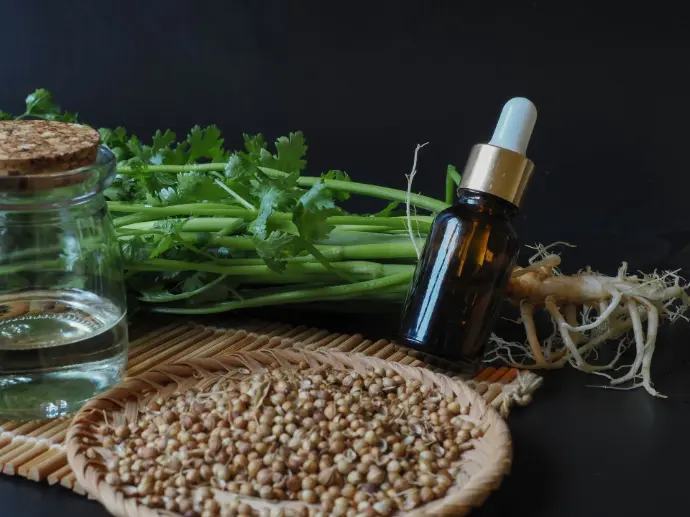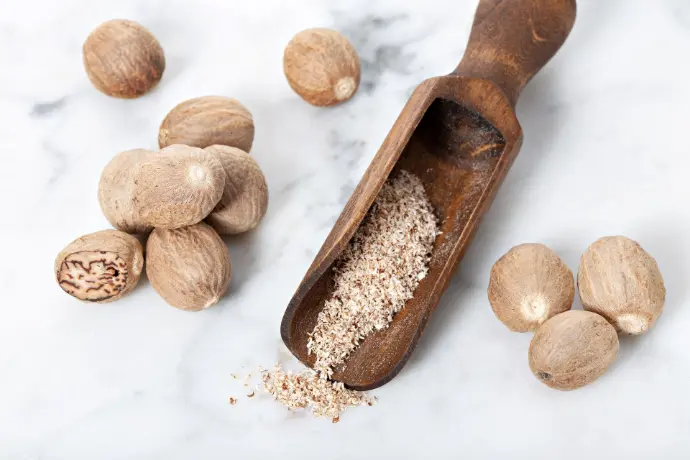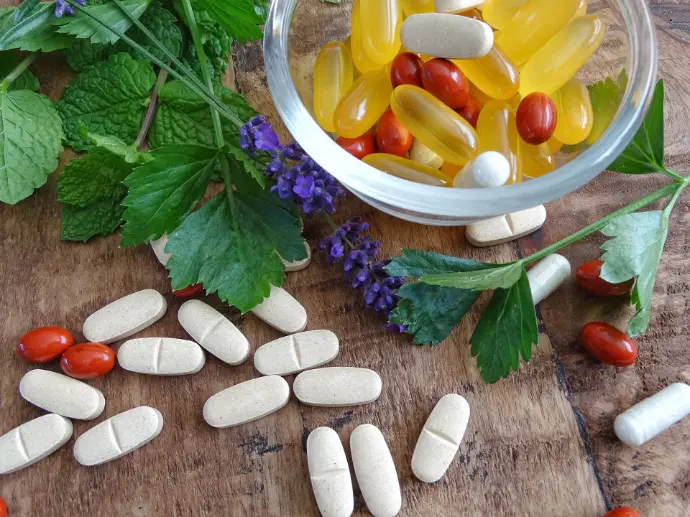About Product
Cinnamon Oleoresin is an extract containing volatile oil and fixed oil resins that cinnamon, a strongly aromatic spice, deliciously offers. It is light yellow to red brown in color. As one of the most treasured spices, cinnamon has long been explored for its number of health benefits which it’s used medically uses today as well. Furthermore, it is regarded as one of the best spices that offer polyphenolic polymers and antioxidants. In ancient times, cinnamon was highly sought after which led explorers like Vasco da Gama and Columbus on quests worldwide searching for it.
The primary constituents of cinnamon are the terpenoids as Cinnamaldehyde & eugenol. They not only impart a strong flavor but also possess potent anti-fungal and anti-allergenic properties. Other constituents may include trans-cinnamaldehyde, procyanidins (α, β), catechins, cinnamyl acetate, L-borneol, caryophyllene oxide, b-caryophyllene, L-bornyl acetate , nerolidol, cubebene, terpineol , terpinolene , Bergamotene and Copaene depending on which part of cinnamon was used during extraction. Presence of cinnamaldehyde is primarily responsible for the sweet taste of cinnamon.
Cinnamon oleoresin is widely utilized for spice preparation in the food industry, concentrated flavoring for canned goods like meat, desserts such as confectionery loaves and drinks like sodas and liquors vinegars In addition to seasoning foods, preservatives like deodorizers are used when cinnamon oleoresin serves as a colorant in baked goods and cosmetics. Due to its high phenolic content scientists have incorporated it into cosmetic creams since it promises protection against blemishes while acting as an antibacterial agent on the skin surface Cinnamon also acts as a powerful antioxidant aiding in insulin regulation methoxy hydroxy chalcone polymer that controls glucose balance within blood is present providing this effect . Alongside this benefit it aids in thinnging blood vessels through circulation .
Composition
- Cinnamaldehyde: Main compound responsible for the spicy-sweet flavor and powerful anti-inflammatory, antimicrobial activity.
- Eugenol: Offers clove-like scent and analgesic benefits.
- Cinnamic Acid: Supports metabolism and improves circulation.
- Other Compounds: Linalool, coumarin (very low in C. verum), terpenes, and polyphenols.
Physical Characteristics
- Appearance: Dark brown to reddish viscous liquid.
- Odor: Sweet, woody, warm, and spicy—typical of fresh cinnamon sticks.
- Taste: Sweet-spicy, warm with a smooth mouthfeel.
Health Benefits
- Blood Sugar Regulation:
- Cinnamaldehyde mimics insulin activity and helps lower blood glucose levels naturally.
- Anti-inflammatory & Pain Relief:
- Alleviates joint pain, muscle soreness, and internal inflammation.
- Antioxidant Protection:
- Rich in polyphenols and eugenol, which protect against oxidative stress and aging.
- Digestive Health:
- Stimulates digestion, alleviates bloating, and helps treat nausea and indigestion.
- Antimicrobial & Antifungal:
- Inhibits bacteria, molds, and fungi—useful in both food preservation and skincare.
It serves as an outstanding preservative derived from natural sources.
Cinnamon has demonstrated efficacy in treating certain neurological disorders such as Alzheimer’s and Parkinson’s disease.
Its ability to thin blood helps to improve circulation.
Key Features
- Source: Inner bark of Cinnamomum verum (Ceylon cinnamon).
- Active Compounds: Cinnamaldehyde, eugenol, cinnamic acid.
- Physical Form: Dark brown viscous liquid with a sweet, spicy, woody aroma.
- Applications: Food, health supplements, cosmetics, fragrance.
- Health Benefits: Blood sugar control, anti-inflammatory, antimicrobial, antioxidant, digestive support.
Application
Food Industry:
- Widely used in bakery items, spice blends, cereals, desserts, chocolates, chewing gums, beverages, and more.
- Provides a genuine sweet-spice flavor associated with cinnamon rolls and festive recipes.
Pharmaceuticals & Nutraceuticals:
- Used in capsules, teas, syrups, and tonics for blood sugar control, anti-inflammatory benefits, and digestive aid.
- Ceylon cinnamon is preferred over cassia due to its low coumarin content, making it safer for prolonged use.
Cosmetics & Personal Care:
- Incorporated in lip balms, body scrubs, massage oils, soaps, and warming creams for its aroma and circulation-boosting properties.
Fragrance & Aromatherapy:
- Adds a cozy, spicy warmth to perfumes, incense sticks, holiday blends, and diffuser oils.
ALSO ACT AS
Flavoring agents find widespread application across a variety of food products, including canned meals, packaged curries, ready-to-eat convenience foods, soft drinks, tobacco blends, savoury seasonings, chewing gum, and traditional mouth fresheners. Their primary role is to enhance or replicate taste, allowing manufacturers to achieve consistent flavour profiles regardless of ingredient variability.
Preservative agents, by contrast, are predominantly employed to extend shelf life and inhibit microbial growth. They are commonly added to meat products, sausages, chutneys, pickles, ketchup, and numerous ready-to-eat items where refrigeration may be limited.
Aromatic agents serve to create inviting scents and are therefore ubiquitous in culinary applications, beverages, scented candles, room-freshening sprays, diffuser oils, and aromatherapy formulations. In each case, the goal is to invoke a particular olfactory response that complements the product's primary function.
Coloring agents are chiefly found in baked goods and a range of personal-care articles, including soaps, clay masks, and cosmetics. They provide visually appealing finishes that often signal freshness or quality to the consumer.
Therapeutic compounds are integral to many medicinal and pharmaceutical products. They appear in cough syrups, insulin formulations, topical skin treatments, allergy medicines, and dental preparations, where they exert specific biochemical effects on the body.
Finally, nutritional products frequently incorporate specialised extracts aimed at cognitive support, detoxification, mood enhancement, and weight management. Whether marketed as brain tonics, anti-depressants, or dietary supplements, these formulations cater to consumers increasingly interested in targeted health benefits.

